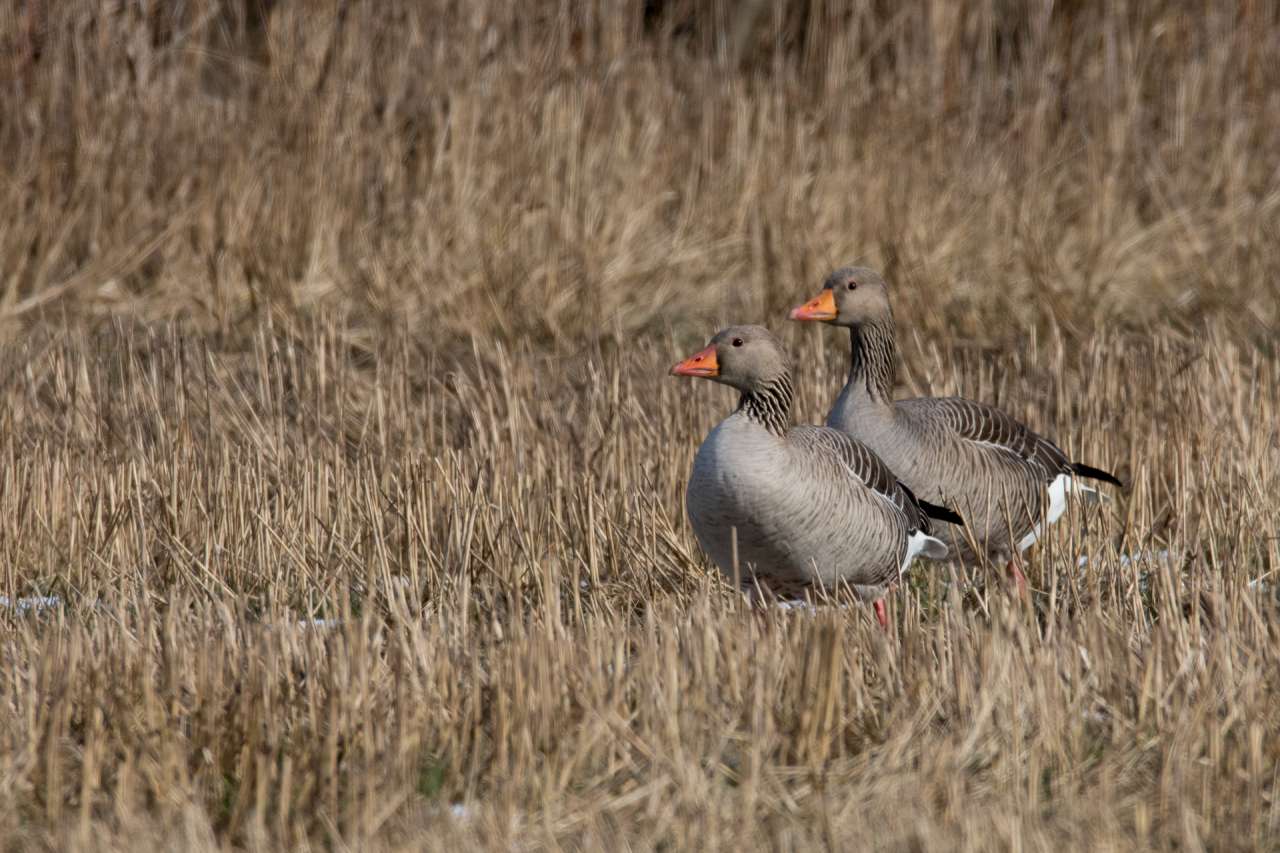The Greylag Goose: From farm to table

Photo: Morten Günther.
The greylag Goose can eat in excess of two pounds of grass per day. In sufficient quantities, these geese can put a substantial dent in roughage production.
Greylag Goose grazing behavior creates a real challenge for farmers on the island of Musvær outside Tromsø. The geese are responsible for a number of ill effects including loss of grass (roughage), excrements that reduce the quality of the fodder, sprouts and seeds that are eaten, trampling of the grass, and the dispersal of seeds from unwanted plants.
The Greylag Goose (Anser anser) population has been growing steadily since the 1970s and today there are around 100,000 individuals everyautumn. The scale of the damage caused by their grazing has also grown. Greylag Geese are opportunistic and in the past decade they have shifted their grazing from uncultiva- ted to cultivated land. For years, farmers have expressed concern over the resulting losses. But how much do Greylag Geese cost farmers? Is it true that they are nothing but a pest? Or could they also be a delicacy? NIBIO has investigated the effectiveness of lethal control as a means of keeping Greylag Geese away from farms and calculated the financial losses the geese could inflict on a mid-size farm in Northern Norway.
We found that Greylag Geese can eat up to 46 percent of the grass in areas where they are allowed to graze freely, leaving behind up to 220 pounds of excrement per acre. Damage caused by the local population of Greylag Geese on Musvær could potentially cost farmers over 200,000 NOK per year by forcing them to purchase replacement feed. Lethal control eliminates the problem almost entirely if carried out two days a week according to a schedule, and reduced the Greylag Goose population by 43 percent compared to previous years.
To encourage the consumption of Greylag Goose meat (with up to 2.6 pounds of meat per bird) we gave some to Mathallen in Tromsø, a gourmet restaurant that aims to develop delicious dishes from local arctic ingredients. Mathallen was very pleased with the goose meat and wants to continue using it.
Contacts

Contacts

